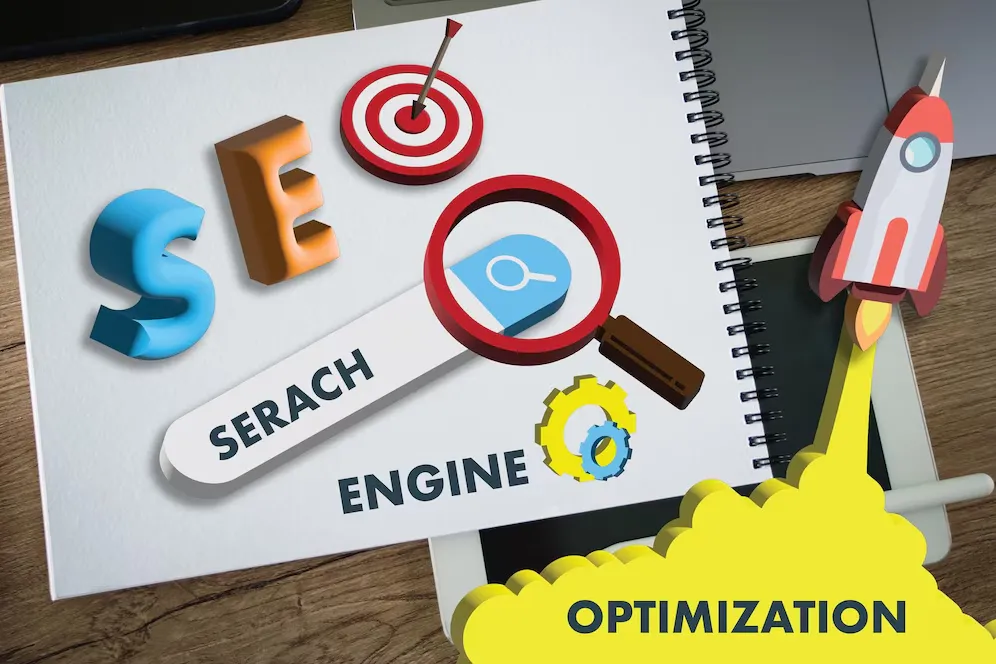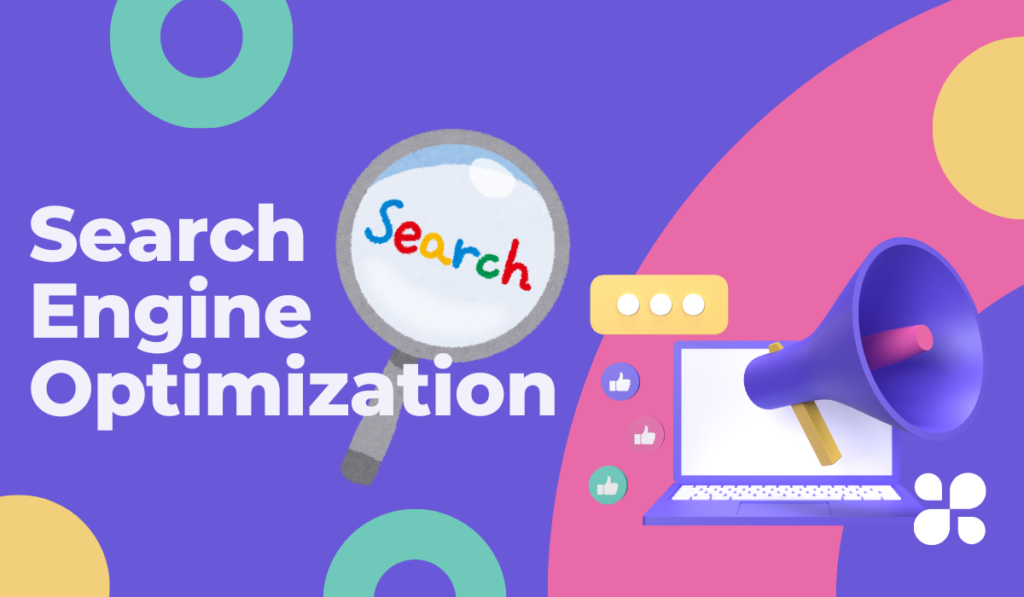
Keywords are particular words that people type into search engines when gathering for information. These terms act as a bridge between what users are searching for and the content you provide.
For example, if someone searches for “best keyword research tool,” they expect to find tools that help with keyword analysis. If your website content includes that term naturally, Google may rank your page higher for that search.
Why Are Keywords Important?
Keywords help search engines understand the context of your web pages. When Google indexes your website, it looks for keywords to determine what your content is about. Proper keyword use increases the chances of your pages appearing in relevant search results.
In short:
- Better visibility in search results
- Increased organic traffic
- Higher conversion rates
- Improved content relevance
Types of Keywords You Should Know
- Short-tail keywords: These are general terms, like “SEO” or “digital marketing.”
- Long-tail keywords: These are more specific, such as “best SEO tools for small businesses.”
- LSI (Latent Semantic Indexing) keywords: These are related terms that support your main keyword, like “keyword ranking,” “search terms,” or “Google SEO tips.”
- Transactional keywords: Used by people ready to make a purchase, e.g., “buy statue online.”
- Informational keywords: Used when people are looking to learn something, e.g., “what is keyword research.”
Understanding and targeting the right mix of these keywords will help you connect with your audience at every stage of their journey.

Step-by-Step Guide to Using Keywords Effectively
1. Conduct In-Depth Keyword Research
Begin by identifying keywords that are relevant, trending, and have good search volume with manageable competition. Use tools like:
- Google Keyword Planner
- Ubersuggest
- Ahrefs
- SEMrush
- Moz
Target keywords that align with your content and audience intent. Look for trending terms such as:
- “SEO keyword strategy”
- “how to do keyword research”
- “best keyword research tool”
- “keyword analysis”
- “high CPC keywords”
2. Understand User Intent
Search intent refers to the reason behind a user’s query. Are they seeking for information, trying to purchase something, or comparing options?
Categories of search intent:
- Informational: “how to improve website traffic”
- Navigational: “Google Analytics login”
- Transactional: “buy shoes online”
Understanding intent allows you to select good niche keywords and match your content to user expectations.
3. Use Keywords in Strategic Places
Once you have your keywords, you need to place them strategically:
- Page title
- Meta description
- URL
- Headings (H1, H2, H3)
- Image alt text
- First 100 words of content
- Naturally throughout the article
Example: If your keyword is “keyword strategy for small businesses,” make sure it appears in the title, headings, and introduction.
4. Create Quality, Engaging Content
Your content should answer the user’s query better than any other page. Avoid fluff. Stay focused, clear, and informative.
Use easy-to-read sentences and paragraphs. Add images, infographics, or videos to improve engagement.
Remember: Google ranks content that delivers value.
5. Leverage Long-Tail Keywords
Long-tail keywords are highly specific and less competitive. They often convert better because they match detailed queries.
Examples:
- “free keyword research tool for blogs”
- “how to do SEO for an eCommerce site”
Use long-tail keywords in FAQs, blog posts, and also service pages.
6. Update Existing Content With Fresh Keywords
SEO is not a one-time effort. Periodically review your old content and update it with trending or better-performing keywords.
Use Google Search Console to find keywords you already rank for and optimize those pages to improve their position.

7. Optimize for Voice Search
Voice searches are more conversational. People ask questions like:
- “How can I increase website traffic fast?”
- “What is the best SEO tool for bloggers?”
Include such phrases naturally in your content, especially in FAQ sections.
8. Improve Internal Linking
Use keyword-rich anchor text to link between pages on your website. This helps Google crawl your site better and improves SEO structure.
Example: “Learn more about our SEO content writing services.”
9. Categorize Content Using Keyword Tags
Add relevant keyword tags to your blogs and articles. This organizes your content and improves on-site navigation and search visibility.
10. Monitor and Adjust
Track your keywords using tools like:
- Google Analytics
- Google Search Console
- SEMrush Position Tracker
10 Frequently Asked Questions (FAQs)
1. What is keyword research in SEO?
Ans: Keyword research is the process of identifying the terms users enter into search engines. It involves analyzing these terms for search volume, competition, and relevance to tailor content that attracts targeted traffic to your site.
2. How do I choose the right keywords for my website?
Ans: To choose the right keywords, start by understanding your target audience. Use tools like Google Keyword Planner or SEMrush to find keywords with high search volume, low competition, and relevance to your business or niche.
3. How many keywords should I use in one page?
Ans: For SEO purposes, focus on one main keyword and 2-3 supporting keywords per page. This creates a natural flow of content, avoids keyword stuffing, and ensures that your page stays relevant to the search intent.
4. What is a long-tail keyword?
Ans: Long-tail keywords are specific, longer phrases with less search volume but higher intent. They tend to be more specific, such as “best organic skincare products for dry skin,” and often result in higher conversion rates.
5. Can I use the same keyword on multiple pages?
Ans: While it’s tempting, using the same keyword across multiple pages can lead to keyword cannibalization. Instead, target unique keywords for each page to avoid internal competition and to better rank for specific queries.
6. Should I include keywords in image alt text?
Ans: Yes, including keywords in image alt text is important for SEO. It helps search engines understand the image content, improves accessibility, and can contribute to ranking in image search results, boosting visibility.
7. Are free keyword tools effective?
Ans: Yes, free tools like Google Keyword Planner, Ubersuggest, and Moz Keyword Explorer can provide valuable insights. While they may lack advanced features of paid tools, they are sufficient for beginners or smaller projects.
8. What is keyword intent?
Ans: Keyword intent refers to the reason behind a search query. It can be informational (seeking knowledge), transactional (ready to buy), or navigational (looking for a specific site). Understanding intent helps create more targeted content.
9. How often should I update my keywords?
Ans: SEO trends evolve, and new keywords may emerge, so regularly optimizing your content ensures your site remains relevant and competitive.
10. How do keywords help in local SEO?
Ans: In local SEO, keywords that include geographic terms (e.g., “mobile tire repair in Orlando“) help businesses appear in local search results. This improves visibility in location-based searches, attracting customers in the vicinity who are more likely to convert.
Final Words
Using keywords effectively is the foundation of a successful SEO strategy. From identifying the right terms to strategically placing them throughout your content, every step plays a crucial role in improving your website’s visibility.


